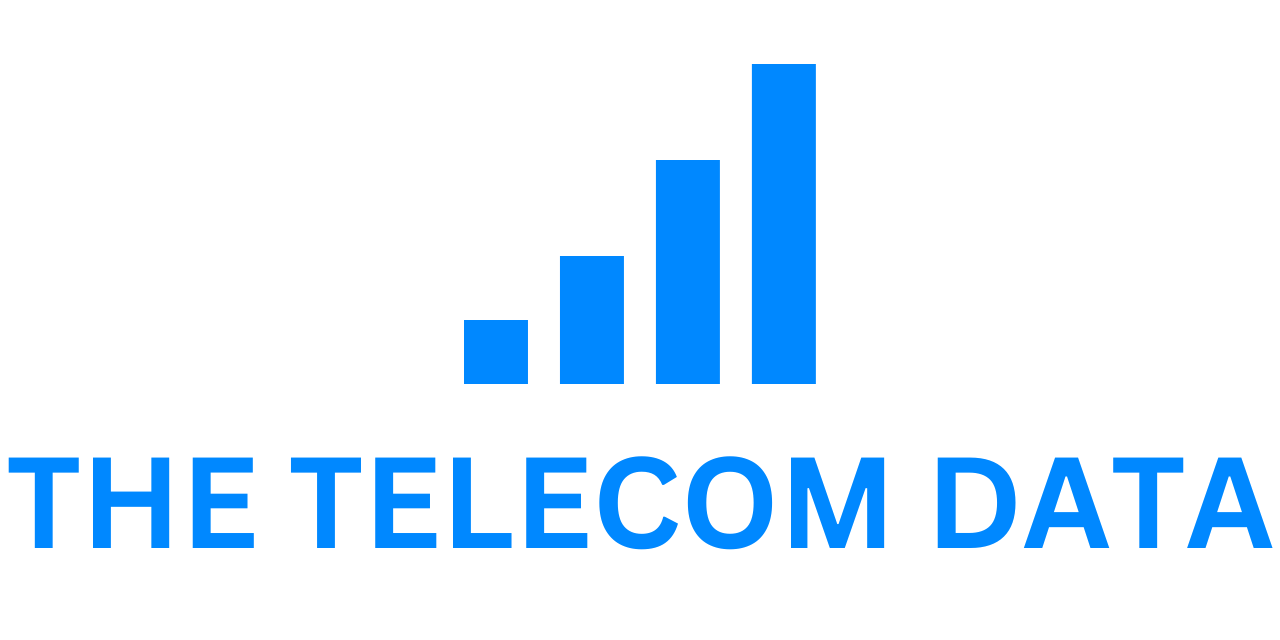The global landscape underwent a profound transformation in 2020, courtesy of the widespread pandemic, altering our work dynamics, learning methods, and modes of communication. Notable among the consequential changes were the mandatory adoption of remote learning and work-from-home setups, which brought to light the existing digital disparities in society.
To address these inequities, Comcast introduced the “Lift Zones” initiative, aimed at bridging the digital divide and connecting families with crucial resources. These resources include Digital Navigators, experts in technology who assist individuals in navigating the online realm, utilizing devices, and acquiring digital proficiency. The initiative establishes WiFi-connected hubs in various community locations such as community centers, gyms, parks, recreation facilities, and even small businesses. These hubs not only offer free Internet access but also provide additional digital services.
Originally conceived to collaboratively work with local governments, civic leaders, educators, and nonprofit organizations during school closures, the Lift Zones initiative has evolved into a central component of Project UP. This comprehensive $1 billion initiative by Comcast is dedicated to connecting people to the Internet and providing the necessary digital skills training to unlock economic opportunities. With over 1,250 Lift Zones installed nationwide, the program has garnered acclaim and recognition.
In the digital series “Why Do You Lift,” Comcast engages with teenagers from the Ralph J. Roberts Boys & Girls Club, a Comcast Lift Zone in Philadelphia’s Germantown neighborhood. The series explores the achievements of these teens who leverage free WiFi and digital skills assistance in their Lift Zone for various purposes, including enhancing learning beyond the classroom, teaching music to a new generation, exploring art, and mentoring peers.
To evaluate the impact of Lift Zones on communities, Comcast collaborated with the Benenson Strategy Group to conduct research. The findings revealed that access to reliable WiFi, devices, and a supportive communal space significantly alleviated frustrations associated with remote learning for families using Lift Zones. Parents who turned to Lift Zones during the pandemic reported higher satisfaction with available community resources, expressing a more favorable view of how their children’s schools and local governments managed remote learning. The majority of parents relying on Lift Zones found them helpful and continued to use them consistently.
Community leaders echoed the importance of ensuring children have access to high-speed Internet and essential technology. Even with the return to in-person classes, parents and community leaders see potential future applications for Lift Zones. These include providing online access to educational resources and devices for adults lacking them at home. Identified as particularly beneficial are after-school programs such as AI tutoring, coaching for college applications, tech support for devices, telehealth pods for medical appointments, and programs to teach seniors how to leverage technology for improved health and safety.







